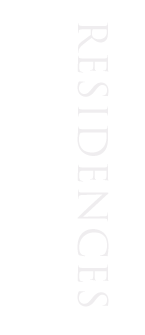|
Hailes Castle is thought to contain some of the oldest
standing stonework in Scotland. This is found in what is left of the
original castle, built here in the late 1200s. It was attacked and
taken by by the pro-English Archibald Dunbar in 1446. In 1547, Patrick
Hepburn, the 3rd Earl of Bothwell, opposed the Regent acting for the
young
Mary Queen of Scots, and was forced to
surrender the castle. A year later Hailes Castle was captured by
English forces, only to be quickly recaptured by the Scots, who then
removed the gates to prevent further use by the English.
James Hepburn 4th Earl of Bothwell married Mary Stuart,
Queen of Scots, as her 3rd husband, and their marriage led swiftly and
directly to Mary's forced abdication, and to Bothwell's flight into exile,
and the forfeiture of all of his lands, including Hailes. The estate then passed
by King James VI to Hercules Stewart of Whitelaw, 2nd son of Sir John Stewart, Lord Darnley
and
Commendator of Coldingham
who was a natural
son of King James V and half-brother to Queen Mary Stuart. The
castle was the sold by the heirs of Hercules to Sir John Seton, 2nd of
Barnes, after he came of age.
The Seton's of Barnes then, became generally known as the
Seton's of Hailes (or Hallis) and who also had later acquired
Crichton Castle, albeit briefly, from James Stewart, brother of Lord
John Stewart, Prior of Coldingham. In 1650, Hailes was largely dismantled by
Cromwell's forces during the raids in Scotland, along with many other
Seton strongholds, and left in ruins. The ruined castle and estate
was eventually sold by Sir George Seton of
Barnes in 1700 to Sir David Dalrymple, of the
noted legal family (who's son became Lord Hailes) and who died in 1721.
Finally, the castle came into the possession of the
Balfour family, and was gifted to the nation by its then owner, the
former Prime Minister, Arthur Balfour, in 1926. It
is now maintained by Historic Scotland.
|

